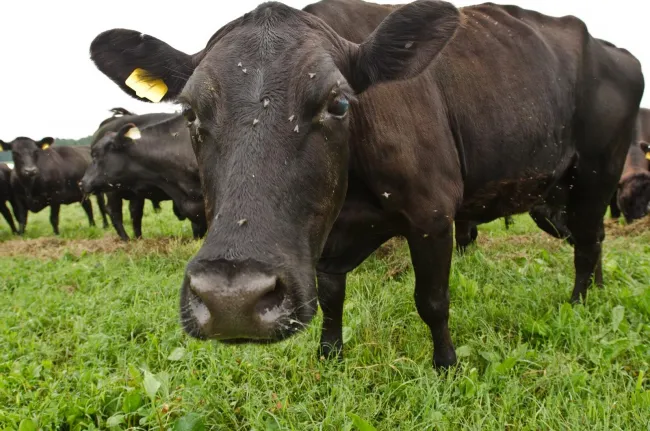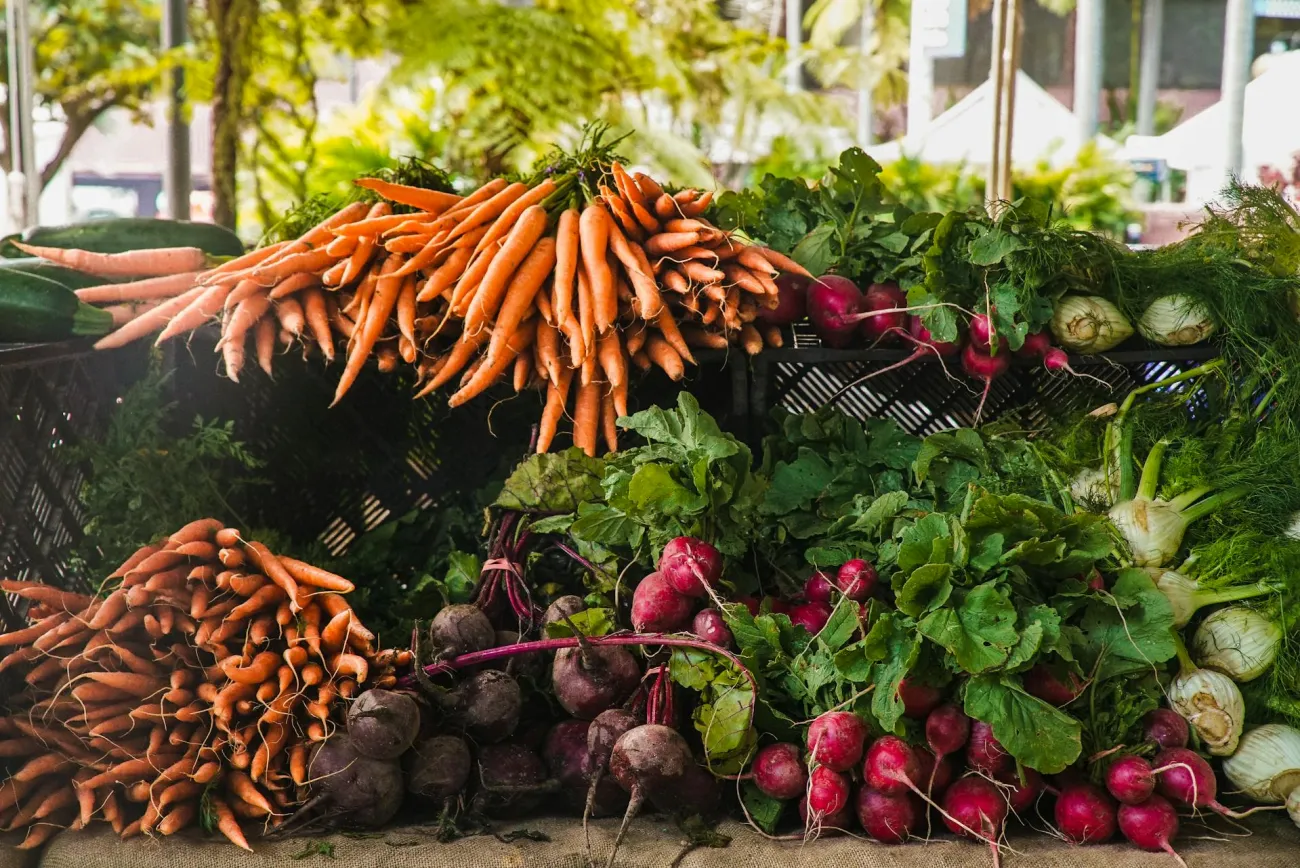This study by researchers in the US used a theoretical approach to work out how much beef could be produced in the US if the cows were raised solely on pasturelands and by-products, and what the environmental and nutritional ramifications of repurposing the freed up cropland would be.

The rationale put forward by the authors is that most of the environmental and opportunity costs of US beef production are incurred by the growing of grains, hay and silage for feed on what could be prime cropland. The authors first consider a range of scenarios, varying the parameter of how much current pastureland is kept as pastureland, and calculate how much beef could be produced from this pastureland, supplemented with feed from by-products (e.g. distillers’ grain), alone. They find that 45% of current beef production could be met by utilizing 100% of current pastureland in addition to by-products, and that this only drops by 2% to 43% if the less productive half of this pastureland is taken out of beef production. Regardless of how much pastureland is kept as pastureland in the different scenarios, all of these modelled scenarios of ‘sustainable’ beef production free up ~32 million ha of high-quality cropland, as well as the 3.1 billion kg of nitrogen fertilizer, 27 billion m2 irrigation water, and 267 billion kg CO2 eq. greenhouse gas (GHG) emissions per year associated with this land.
The authors next consider the calorific and protein value that could be derived from this freed up cropland if it were used for alternative food production. They consider a number of crops as well as feed for other livestock (pork, poultry and dairy), using available average values for yield and inputs per hectare. Fig. 1 (from Fig. 2 in the paper) shows how many calories (top graph) or protein (bottom graph) could be derived from these alternative uses of the ~32 million ha cropland (left-hand y-axis) and the equivalence to the calories or protein currently derived from beef using this cropland (right-hand axis). For example, about 4 times as many calories could be obtained from this land if it were used for feed for pork rather than for beef. The gain in protein from growing soybeans instead of feed for beef is such that an individual American halving their beef consumption would “not only fully recoup the lost nutrition due to reduced beef availability, but also meet the full protein needs of four additional people” according to the authors.

The researchers then performed a more detailed macro- and micro-nutritional analysis of these alternative uses (all of which produce more calories and protein than beef, from the same land, as a starting point). This showed that all plant alternatives to beef produce more fibre as well as more of most vitamins and minerals (with the notable exception of vitamin B12 which can only be derived from animal or fungal sources). Poultry, pork and dairy alternatives to beef also entail some modest nutritional benefits.
Lastly, having considered the calorific and nutritional consequences of putting the freed up cropland to alternative uses, the authors consider the environmental consequences, in terms of fertilizer use, irrigation water use and GHG emissions. The findings are best summarised by Fig. 2 (from Fig. 4 of the paper), which shows the percent of fertilizer use, irrigation water use and GHG emissions (respectively from top to bottom graph) saved by each alternative use. All alternative uses show savings in all three measures compared to beef, with tofu production performing the best across the board, and with the alternative livestock options providing the most modest savings in GHG emissions.

The authors conclude that their analysis shows that small modifications to the US consumer’s dietary habits, even shifting from beef to other animal products, but especially to plant-based alternatives, would not only be nutritionally feasible but could have very significant positive environmental consequences.
Abstract
Food production dominates land, water and fertilizer use and is a greenhouse gas source. In the United States, beef production is the main agricultural resource user overall, as well as per kcal or g of protein. Here, we offer a possible, non-unique, definition of ‘sustainable’ beef as that subsisting exclusively on grass and by-products, and quantify its expected US production as a function of pastureland use. Assuming today’s pastureland characteristics, all of the pastureland that US beef currently use can sustainably deliver ≈45% of current production. Rewilding this pastureland’s less productive half (≈135 million ha) can still deliver ≈43% of current beef production. In all considered scenarios, the ≈32 million ha of high-quality cropland that beef currently use are reallocated for plant-based food production. These plant items deliver 2- to 20-fold more calories and protein than the replaced beef and increase the delivery of protective nutrients, but deliver no B12. Increased deployment of rapid rotational grazing or grassland multi-purposing may increase beef production capacity.
Reference
Eshel, G., Shepon, A., Shaket, T., Cotler, B.D., Gilutz, S., Giddings, D., Raymo, M.E. and Milo, R. (2018). A model for ‘sustainable’ US beef production. Nature ecology & evolution, 2(1), p.81.
Read the full article here.
See also this Foodsource chapter: Focus: the difficult livestock issue.




Comments (0)